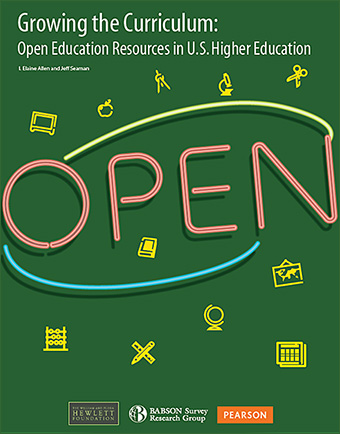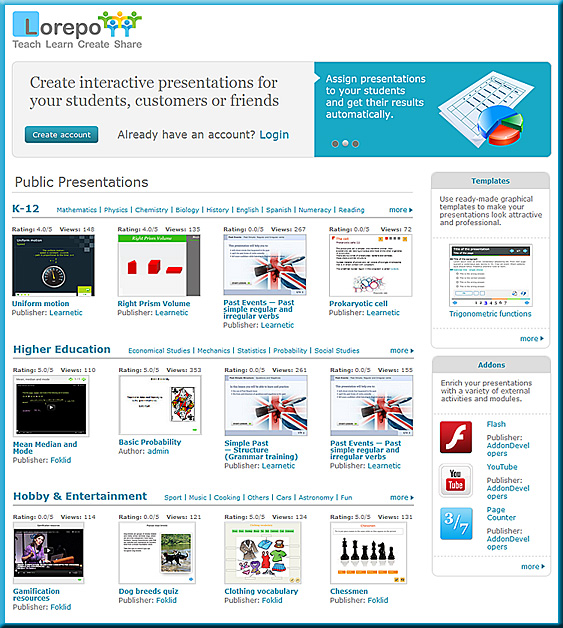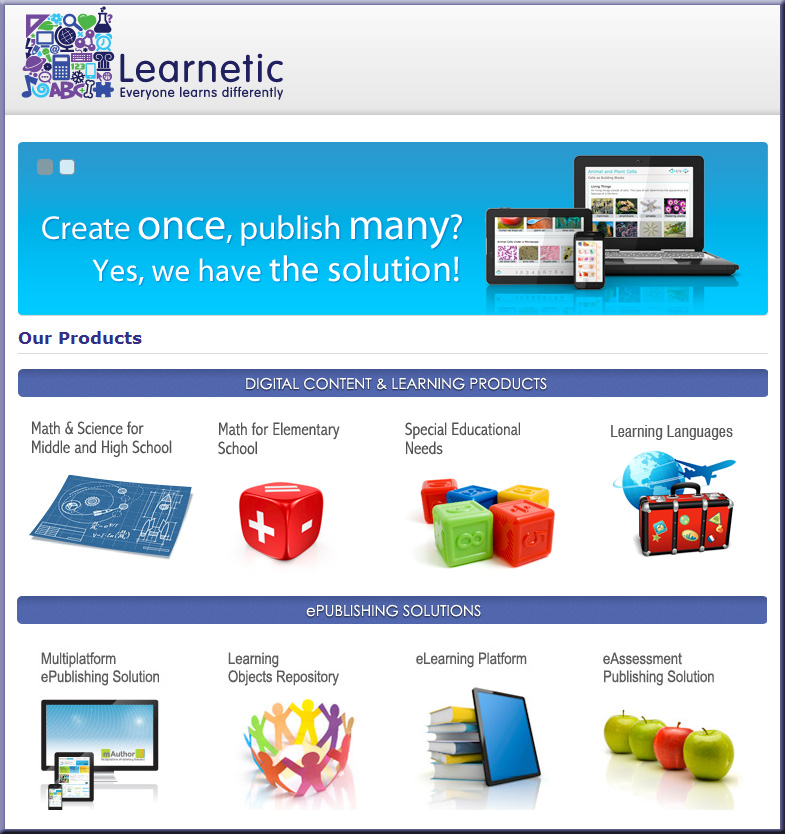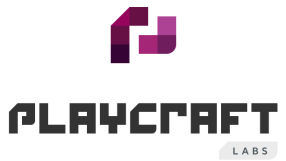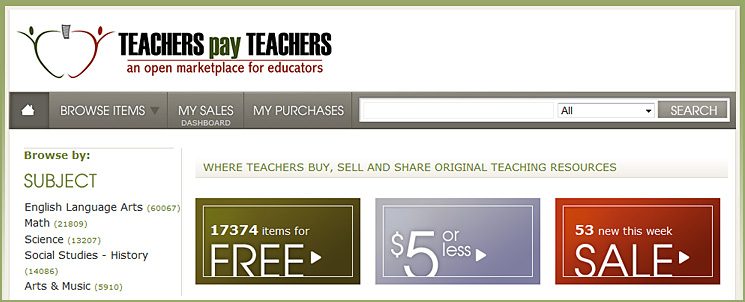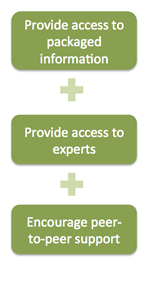Below are some great resources re: creating your own e-books / streams of content — with thanks to Mr. Michael Haan, Technology Integration Specialist/Purchasing at Calvin College, for these resources
.
- Adobe DPS:
http://www.adobe.com/education/products/digital-publishing-suite.html
. - Apple iBooks Author:
http://www.apple.com/ibooks-author/
. - Creating ePub/eBook books in Pages:
http://support.apple.com/kb/HT4168
. - Creating ePub/eBook in InDesign:
http://blogs.adobe.com/vikrant/2012/02/create-epub-ebooks-with-adobe-indesign/
.
.
From DSC:
You might also want to check out Lynda.com for the relevant training materials.
.
.
Let’s create our own streams of content — always up-to-date — plus we could help our students save big $$! And, as Michael pointed out, such tools could also be used internally for training-related and communications-related purposes.
Thanks Michael!!!










